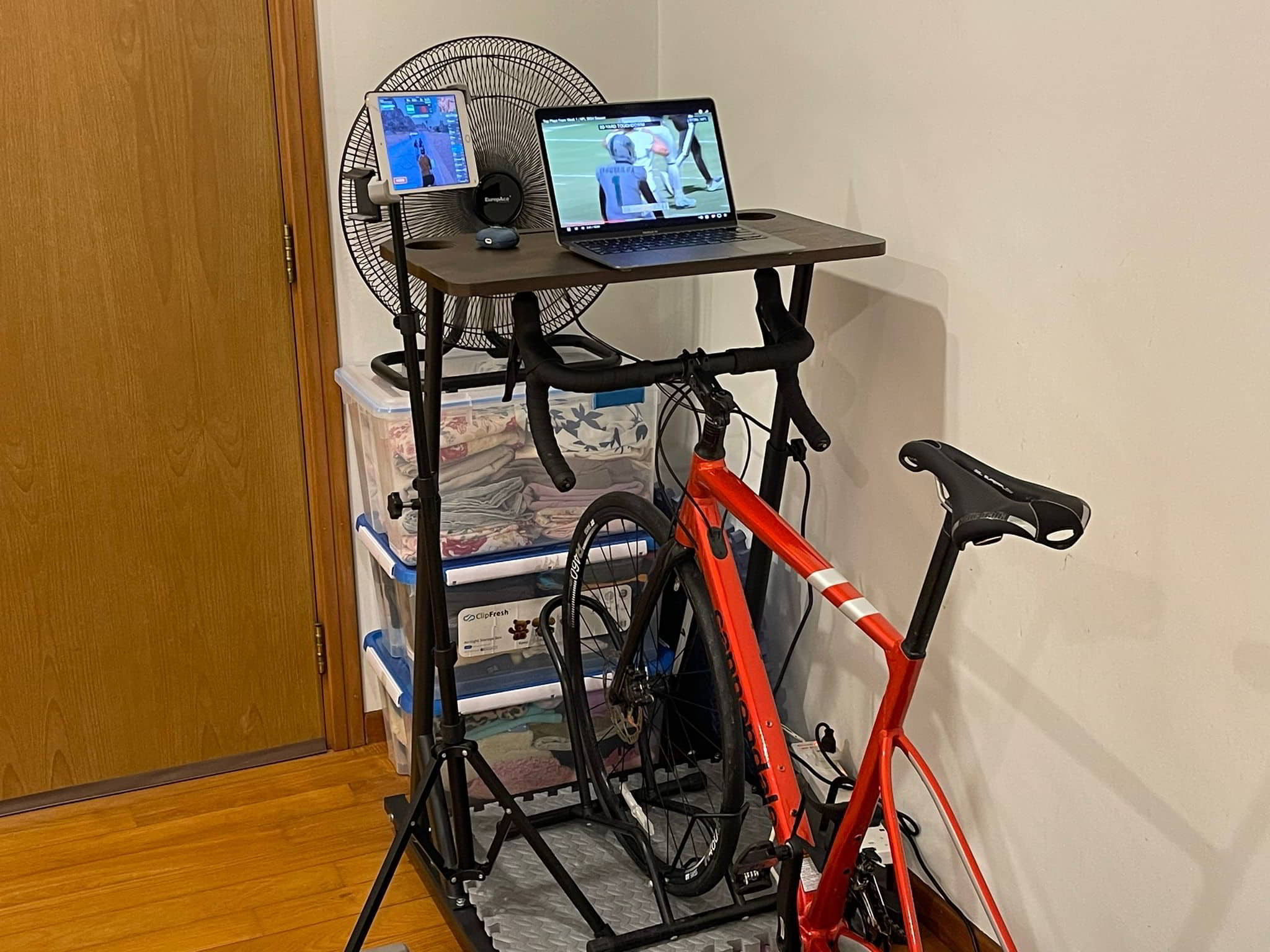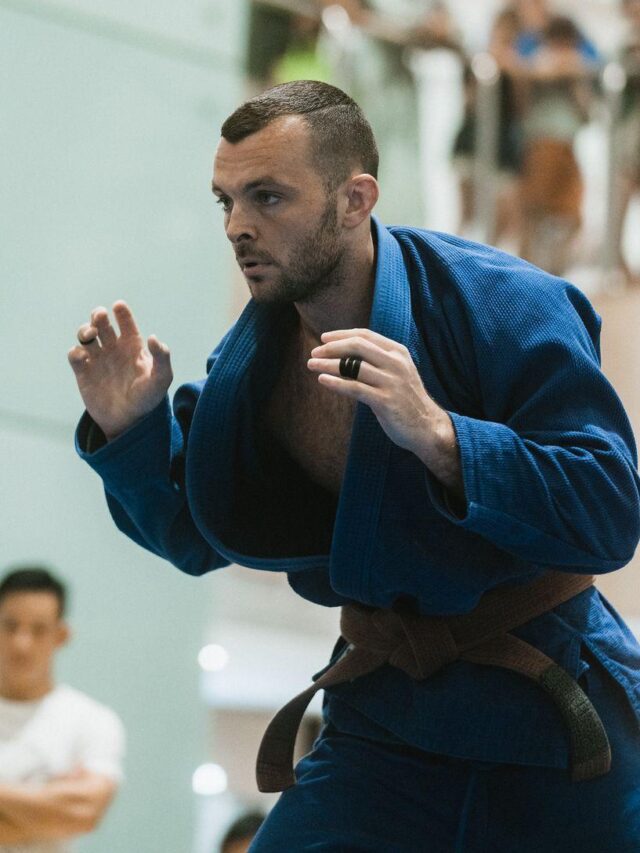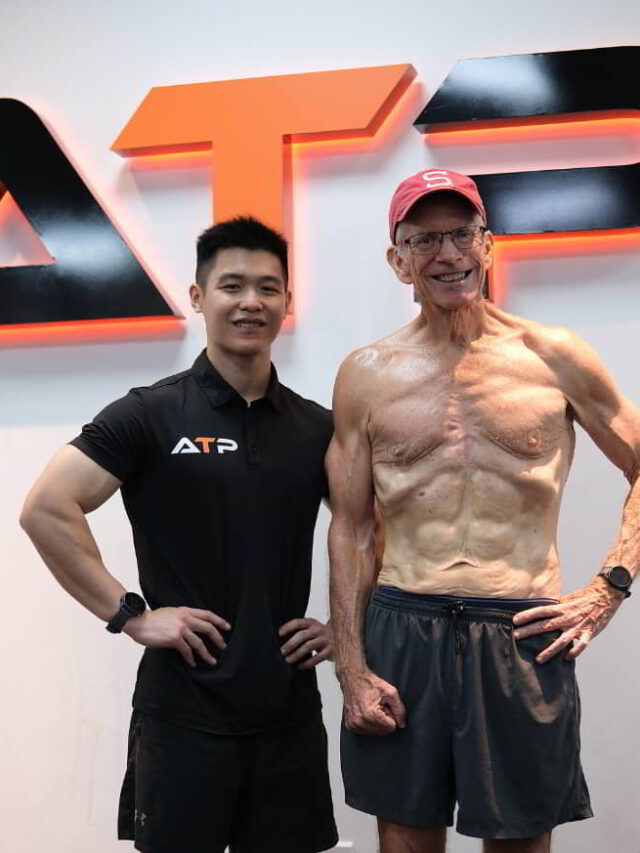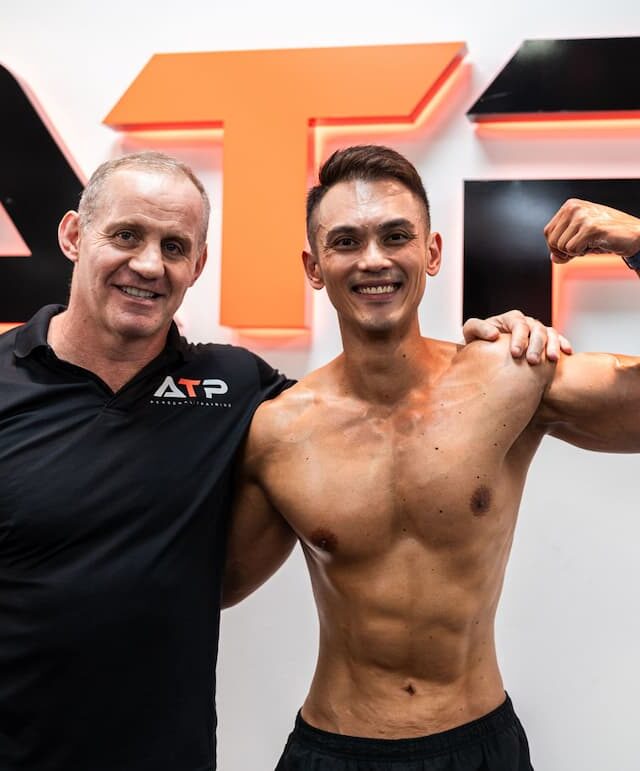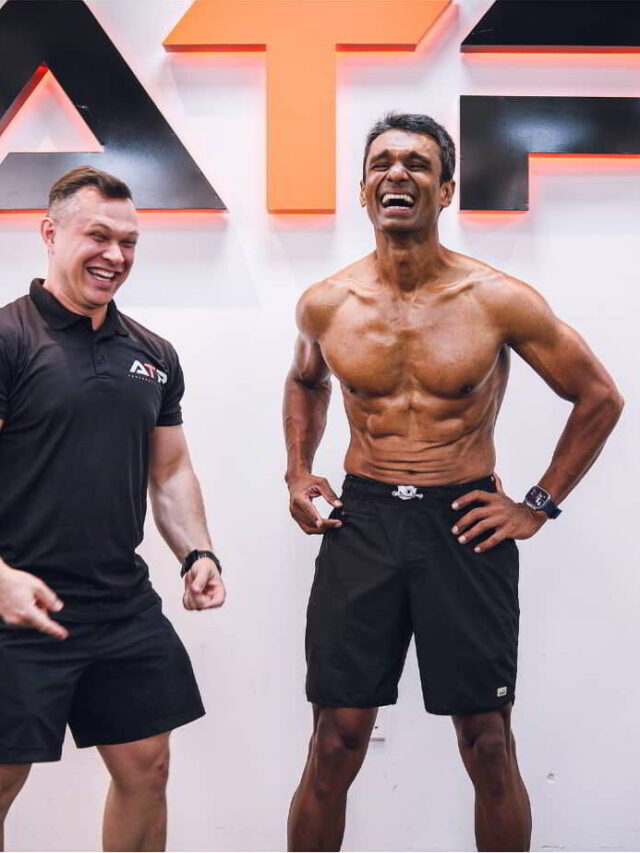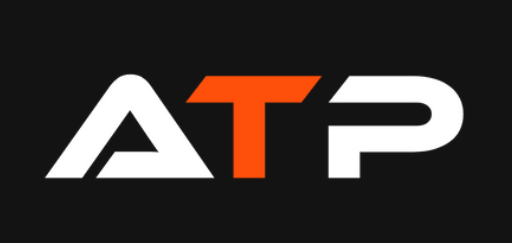FAQ
- Other commercial gyms are focussed on session numbers and hitting sales targets and personal training is an afterthought product layered onto their gym membership model. Personal Training gyms are either exlcusively focussed on short term, unsustainable transformations or waste their clients time and energy with a rent a friend service.
- We do things a little differently. Our gyms are exclusive personal training facilities; all of our coaches work 1 on 1 with their clients. This allows for a remarkably efficient training experience, your entire training session will be tailored to maximise results based around your specific needs.
- Unlike other gyms we offer support, feedback and coaching outside of the gym.
- Other gyms only focus on training, and sometimes nutrition. We offer a complete service including lifestyle, diet and your non-gym activity.
- Other gyms treat their clients like the product, driving them towards photos shoots in a set time period. We place your needs above the needs of our marketing department. We care deeply about the sustainability of the changes that you make.
Every client’s plan of action will be unique. Your D.N.A. (Daily Routine, Nutrition and Activity) plan will be unique – this is not a generic, templated plan.
You will be assigned a dedicated coach. Your coach will take the time to understand you , your history, your goals and motivations to help you to build a customised plan and tailor the long term strategy accordingly.
Your coach will review your progress and measurements and provide clear feedback and advice, as well as act a a strategic advisor to help you make adjustments to your plan as you progress.
Our coaches will ensure that you are ramped up towards exercising intensely over the course of your first week or weeks with us. We take pride in applying the appropriate dose of exercise to match our clients’ existing capacity, there is no benefit to training far beyond your current capacity. In fact, this type of approach will actually be less efficient, place an enormous recovery cost on the body and potentially compromise your structural integrity.
We track bodyweight, body fat percentage and girth measurements to give us a wide array of progress markers.
For most clients as they start the transformation process Weight loss on the scale is a good indicator of progress and you can expect to lose between 0.5kg to 1.0 kg each week. During the early stages this number can be even higher as the body responds to the new program and becomes rapidly less inflamed.


